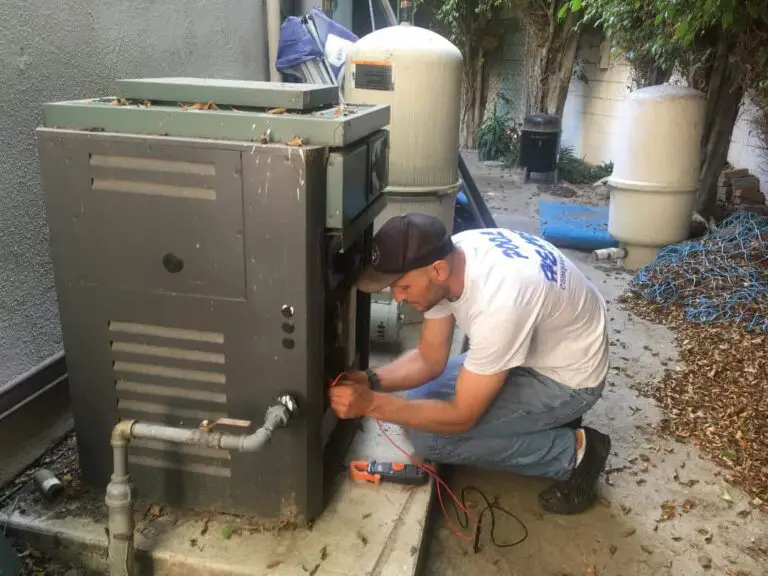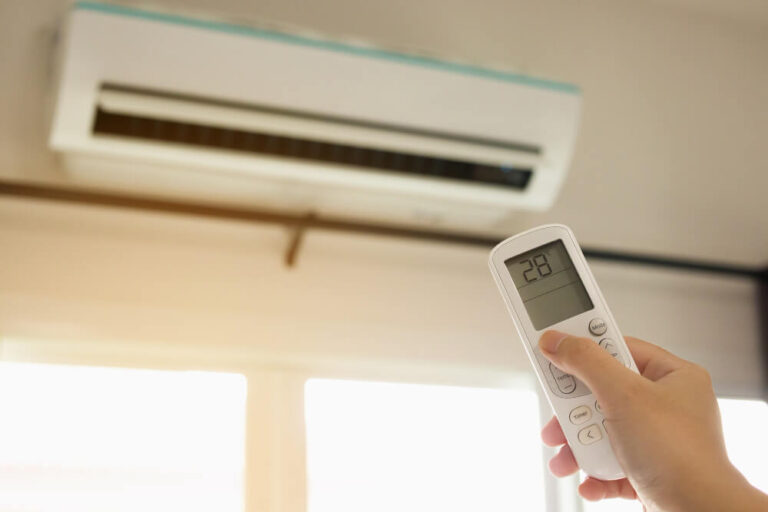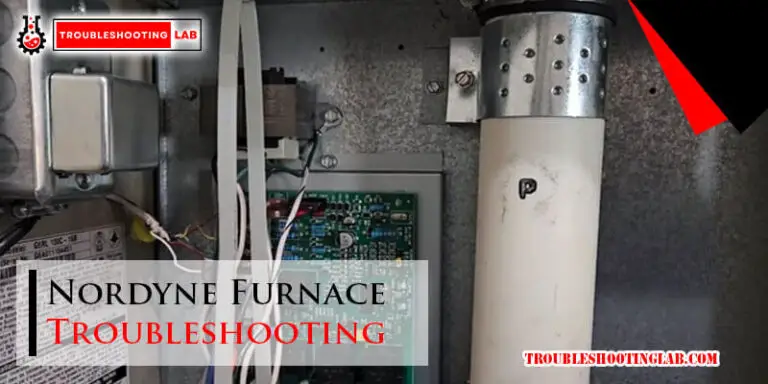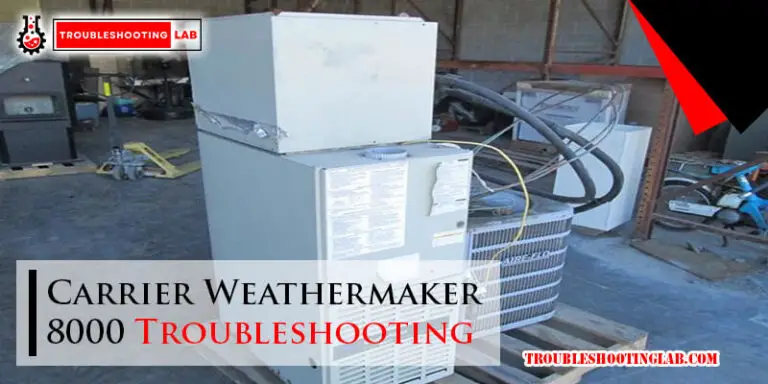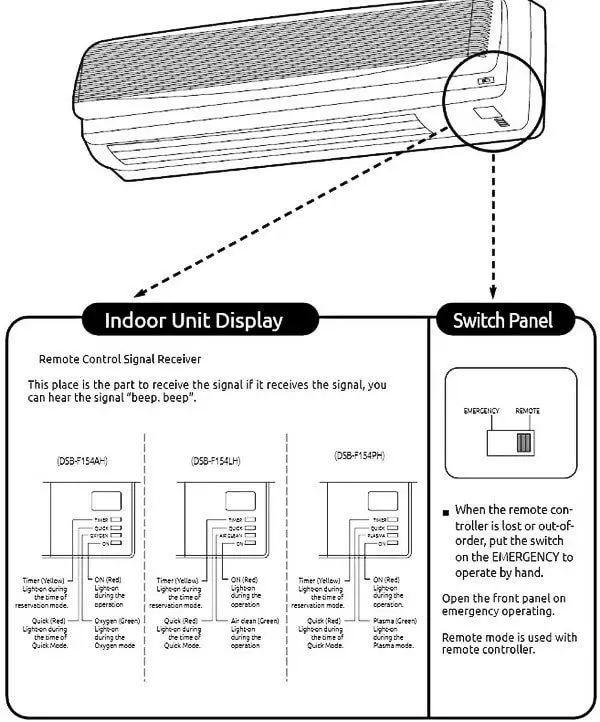Pool Heater Gas Valve Troubleshooting: Expert Fixes Simplified
Is your pool heater giving you trouble? Specifically, are you scratching your head over a gas valve that just won’t cooperate?
You’re not alone. A malfunctioning gas valve can quickly turn your dream of a warm, relaxing swim into a frustrating headache. But don’t worry—fixing it might be easier than you think. In this guide, we’ll walk you through straightforward troubleshooting steps to get your gas valve—and your pool heater—back in action.
Whether your heater won’t ignite, shuts off unexpectedly, or simply isn’t delivering enough heat, you’ll find answers here. Stick around because understanding this one component could save you time, money, and the hassle of unnecessary repairs. Ready to dive in? Let’s get started!
Common Signs Of Gas Valve Issues
Your pool heater is a key part of enjoying a comfortable swim, especially when the weather is cooler. However, when the gas valve starts acting up, it can throw a wrench into your pool plans. Let’s look at some common signs of gas valve issues so you can troubleshoot effectively and get your pool heater back on track.
Pilot Light Problems
If your pilot light won’t stay lit or refuses to ignite, it’s a clear indicator of potential gas valve trouble. A faulty gas valve may not be delivering the right amount of gas to keep the flame burning. Check if there’s any dirt or debris blocking the pilot assembly—this is often an overlooked cause.
Sometimes, the thermocouple, which senses the flame, might also be faulty. A quick check with a multimeter can tell you if it needs replacing. Don’t ignore pilot light issues; they’re often the first sign that something larger might be wrong.
Burner Fails To Ignite
Have you noticed that your pool heater’s main burner isn’t firing up? This could mean the gas valve isn’t opening properly to let gas through. Try listening for the faint “click” sound that typically accompanies the gas valve opening—if you don’t hear it, the valve may need attention.
Dirty or clogged burners can also add to the problem. Before jumping to conclusions, inspect the burner area for soot or buildup. Cleaning it could save you time and money.
Irregular Heating Performance
Does your pool heater sometimes work perfectly but other times barely warm the water? This inconsistency could point to a gas valve that’s working intermittently. Over time, components inside the valve can wear out, affecting how well it regulates the gas flow.
Fluctuating water temperatures can also stem from a partially clogged gas valve. If you’ve been noticing these issues for a while, it’s best to test the valve or consult a professional. Why put up with lukewarm water when the fix might be straightforward?
Spotting these signs early can help you avoid costly repairs or replacements. Have you faced any of these issues with your pool heater? Taking a proactive approach will keep your pool heater running smoothly and your swimming experience stress-free.
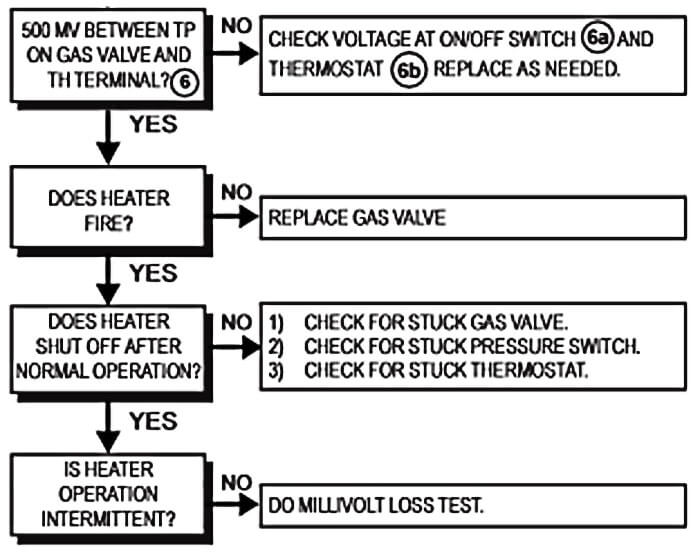
Credit: intheswim.com
Tools And Safety Precautions
Pool heaters help keep your swimming experience enjoyable, even during colder days. Gas valve issues can disrupt this comfort, making troubleshooting essential. Before diving into repairs, ensure you have the right tools and follow safety precautions. This section explains what you need and how to stay safe.
Essential Tools For Troubleshooting
Having the correct tools simplifies gas valve troubleshooting and reduces the chances of errors. Start with a basic toolkit that includes screwdrivers, pliers, and wrenches. A multimeter is vital for testing electrical connections and diagnosing faults. Use a gas leak detector to check for potential leaks around the valve. A flashlight helps you inspect hard-to-see areas, ensuring no detail is overlooked.
Keep a user manual handy for step-by-step guidance. It provides specific instructions tailored to your pool heater model. A clean cloth is useful for wiping off dirt or debris around the valve. If the valve has removable parts, have a container to store them safely during repairs.
Safety Tips Before Starting Repairs
Prioritize safety before working on your pool heater gas valve. Turn off the power supply to prevent electrical hazards. Shut off the gas line to avoid dangerous leaks or fumes. Ensure the area is well-ventilated to minimize exposure to gas buildup.
Wear protective gloves to safeguard your hands from sharp edges or hot surfaces. Use safety goggles to protect your eyes from debris or splashes. Avoid working near water to reduce the risk of electric shock. Check for strong smells of gas before starting; this could indicate an active leak.
Inspect your tools for damages to ensure they work properly. Keep children and pets away from the repair site. Read the user manual thoroughly before making any adjustments. If unsure about a step, seek professional assistance to avoid further complications.
Inspecting The Gas Supply
Your pool heater’s gas supply is the lifeline of its operation. If the gas isn’t flowing properly, your heater can’t function efficiently—or at all. Inspecting the gas supply is a critical step in troubleshooting gas valve issues, and it’s easier than you might think when you know what to look for.
Checking Gas Line Connections
Start by examining the connections between the gas line and your pool heater. Loose or improperly secured fittings can disrupt the gas flow, leading to inconsistent heating or complete shutdowns. Use a wrench to gently tighten any connections, but don’t overtighten—it can damage the fittings.
Look for wear and tear on the gas line, especially if your heater has been in use for several years. Cracks or kinks in the line can block the gas flow and compromise safety. If you spot visible damage, stop using the heater immediately and call a licensed technician.
Also, consider this: Has your pool heater been moved recently? Sometimes, during maintenance or cleaning, gas lines can shift or become partially disconnected. A quick visual check can save you a lot of frustration later.
Detecting Gas Leaks Safely
Safety first—never ignore the possibility of a gas leak. A simple way to test for leaks is to use a mixture of soap and water. Apply it to the gas line fittings and watch for bubbles. If you see any, it’s a clear sign of a leak.
Always perform this test with the gas turned on but the heater off. It minimizes risks while providing accurate results. If you detect a leak, shut off the gas supply immediately and contact a professional.
Do you smell gas near your pool heater? That unmistakable rotten egg odor is a warning sign. Don’t try to fix it yourself—evacuate the area, turn off the gas supply from a safe distance, and call your gas company right away.
By taking these simple steps, you can identify and address gas supply issues before they escalate. A little vigilance goes a long way in keeping your pool heater running smoothly and your family safe.
Testing The Gas Valve
Testing the gas valve is essential for diagnosing pool heater issues. Ensure the valve opens and closes correctly during operation. Faulty gas valves can disrupt heating, affecting overall performance.
Testing a pool heater gas valve is an essential step in identifying why your pool heater might not be working. A malfunctioning gas valve can disrupt the heating process and leave your pool water cold. Fortunately, with a few basic tools and some patience, you can troubleshoot this component and potentially save yourself a costly repair bill.Using A Multimeter For Voltage Testing
To start, grab a multimeter. This tool will help you determine whether the gas valve is receiving the correct voltage. A gas valve relies on proper voltage to function, so if it’s not getting power, you’ve likely found the issue. Set your multimeter to measure voltage and connect it to the terminals on the gas valve. You should see a reading within the voltage range specified in your pool heater’s manual. If there’s no reading or it’s outside the expected range, the issue could be a wiring problem or a faulty control board. Double-check all connections for loose wires or corrosion. Sometimes, cleaning or tightening a connection can resolve the problem. If everything looks good but you’re still not getting voltage, you may need to dig deeper into the electrical system.Assessing Valve Functionality
Even if the voltage checks out, the gas valve itself could still be faulty. A common sign of a bad valve is if you hear clicking but the burner doesn’t ignite. This typically means the valve is not opening to allow gas to flow. One way to test this is to manually inspect the valve while the heater is trying to ignite. If you feel confident, you can also use a manometer to check gas pressure levels. A drop in pressure when the valve should be open indicates a problem. Another quick test is to listen for gas flow. If there’s no sound of gas movement, the valve could be stuck or clogged. In this case, replacing the valve might be your best option. Have you ever noticed how often small, overlooked parts can cause big headaches? By taking the time to troubleshoot, you may find that the fix is simpler than you’d think. Before replacing the valve, double-check your findings to avoid unnecessary expenses.Cleaning And Maintenance Steps
Keeping your pool heater gas valve clean ensures efficient operation. Regular maintenance prevents common issues like blockage or reduced performance. Cleaning and maintaining the gas valve extends its lifespan and helps avoid costly repairs.
Removing Debris From The Valve
Turn off the gas supply before cleaning the valve. Use a soft brush to remove dirt and debris from the valve’s surface. Pay close attention to the small openings where gas flows. Use compressed air to clear out any stubborn debris inside the valve. Ensure the area around the valve is clean to prevent new debris buildup.
Ensuring Proper Lubrication
Check the valve’s moving parts for signs of dryness. Apply a small amount of valve-safe lubricant to prevent sticking or wear. Avoid over-lubricating, as excess grease can trap dirt. Test the valve’s movement after lubrication to confirm smooth operation. Regular lubrication reduces wear and keeps the valve functioning properly.
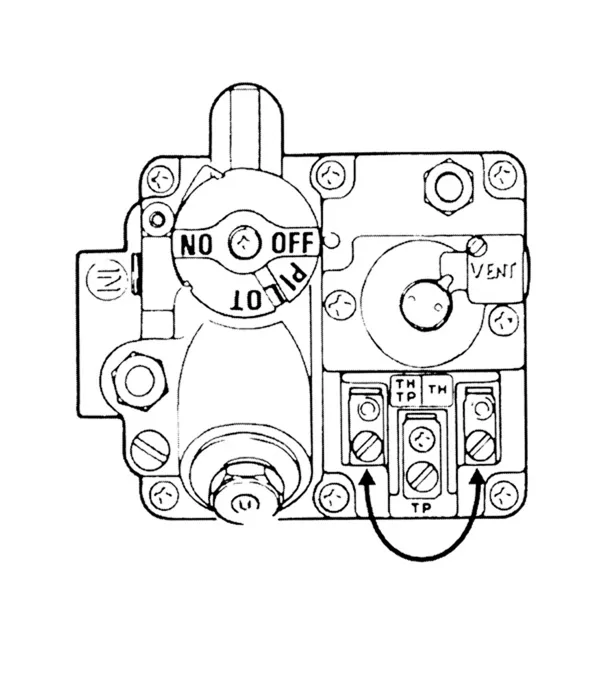
Credit: www.poolspanews.com
Repairing Or Replacing The Gas Valve
Dealing with a malfunctioning pool heater can be frustrating, especially when the gas valve is the culprit. The gas valve plays a critical role in regulating the flow of gas to your heater, ensuring it operates efficiently and safely. But what do you do when it stops working? Should you repair it, or is it better to replace it? Let’s break it down so you can make the best decision for your pool and your budget.
When To Opt For Repairs
Repairing the gas valve might be the right move if the issue is minor or caused by a simple obstruction. Sometimes, dirt or debris can block the valve, preventing it from opening or closing properly. A quick cleaning may be all it takes to get it working again.
Consider repairs if the valve is relatively new and hasn’t shown consistent problems. If it’s under warranty, you could save money by fixing it instead of replacing it. Just be sure to check the warranty terms to confirm what’s covered.
However, if repairs are frequent or the valve shows signs of wear, like corrosion, it might not be worth the effort. Ask yourself: Is the cost of fixing it going to add up over time? Sometimes, replacement is the smarter choice in the long run.
How To Replace A Faulty Gas Valve
If you’ve determined that replacement is necessary, don’t panic. Replacing a pool heater gas valve is manageable with the right tools and steps. Always start by turning off the gas supply and disconnecting the power to the heater. Safety first!
Next, locate the gas valve. It’s usually near the burner assembly. Remove the screws or bolts holding it in place and carefully disconnect the gas line. Make sure to label any wires or connections so you can reattach them correctly later.
Install the new valve by reversing the removal process. Attach the gas line, reconnect the wires, and secure the valve in place. Once done, turn the gas supply back on and test for leaks using a soapy water solution. If you see bubbles, tighten the connections.
When replacing the valve, always choose a model compatible with your heater. Check your owner’s manual or consult a professional if you’re unsure. A poorly fitted valve can lead to inefficiency—or worse, safety hazards.
Have you tried replacing a gas valve before? Was it easier than you thought, or did you run into unexpected challenges? Share your experience in the comments; you might help someone else facing the same issue.
Preventing Future Gas Valve Problems
Pool heaters rely on gas valves to regulate fuel flow for proper operation. Ensuring the gas valve functions optimally reduces risks and extends the heater’s lifespan. Preventive measures can save you from costly repairs and unexpected breakdowns.
By maintaining the gas valve and monitoring related components, you can prevent future problems. Implementing simple practices makes it easier to maintain efficiency and safety.
Regular Maintenance Tips
Inspect the gas valve regularly for signs of wear or damage. Dirt and debris can clog the valve, affecting performance. Clean the valve exterior using a soft brush or cloth to remove buildup.
Check connections to ensure they are tight and secure. Loose fittings can lead to leaks or improper gas flow. Replace damaged or corroded components immediately.
Schedule professional servicing annually to assess the valve and entire system. Technicians can identify minor issues before they escalate into major problems.
Monitoring Gas Line Conditions
Inspect the gas lines for cracks, leaks, or corrosion. Damaged lines can affect valve performance and pose safety risks. Use a gas leak detector or apply soapy water to check for leaks.
Ensure the gas pressure meets the manufacturer’s specifications. Incorrect pressure can strain the valve and disrupt heating. A pressure gauge can help monitor levels accurately.
Keep the area around gas lines and the valve clear of obstructions. Blocked pathways can interfere with airflow and reduce efficiency.
Regularly check for unusual smells or noises near the gas valve. These can indicate hidden issues that need immediate attention.
When To Call A Professional
Pool heaters are essential for maintaining comfort during cooler months. A faulty gas valve can disrupt heating, leading to frustration. While basic troubleshooting can solve minor issues, some problems demand professional expertise. Knowing when to call a technician can save time and prevent damage.
Identifying Complex Issues
Not all gas valve problems are straightforward. Issues like gas leaks, irregular pressure, or electrical faults can be hard to diagnose. Professionals use specialized tools to identify hidden problems. Incorrect assessments can worsen the issue, resulting in costly repairs. If the heater fails repeatedly despite basic fixes, it’s time for expert help.
Avoiding Diy Risks
DIY repairs on gas valves can be dangerous. Mishandling components may cause gas leaks or fire hazards. Complex systems require precise adjustments that untrained hands often miss. Attempting to fix electrical connections without knowledge can lead to short circuits. A licensed technician ensures safety and prevents further damage.

Credit: www.youtube.com
Conclusion
Troubleshooting a pool heater gas valve may seem tricky at first. But with clear steps and patience, most issues can be resolved. Always prioritize safety and double-check your work. If the problem persists, consult a professional for help. Regular maintenance can also prevent future complications.
Keep your pool heater in good condition for years of reliable use. A well-functioning gas valve ensures your pool stays warm and enjoyable. Take the time to address small issues early. It saves money and effort in the long run.
Your pool’s comfort depends on it.

